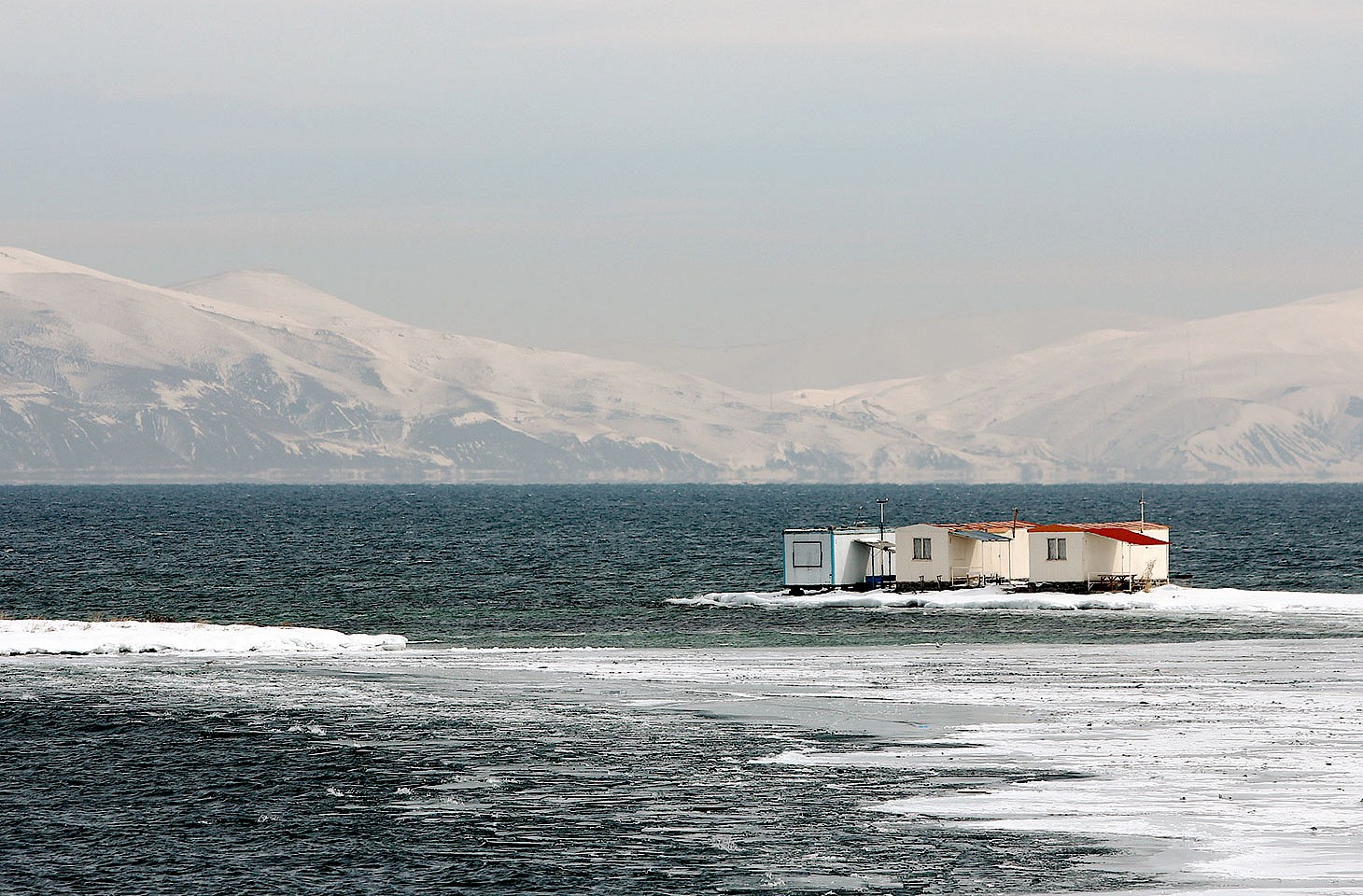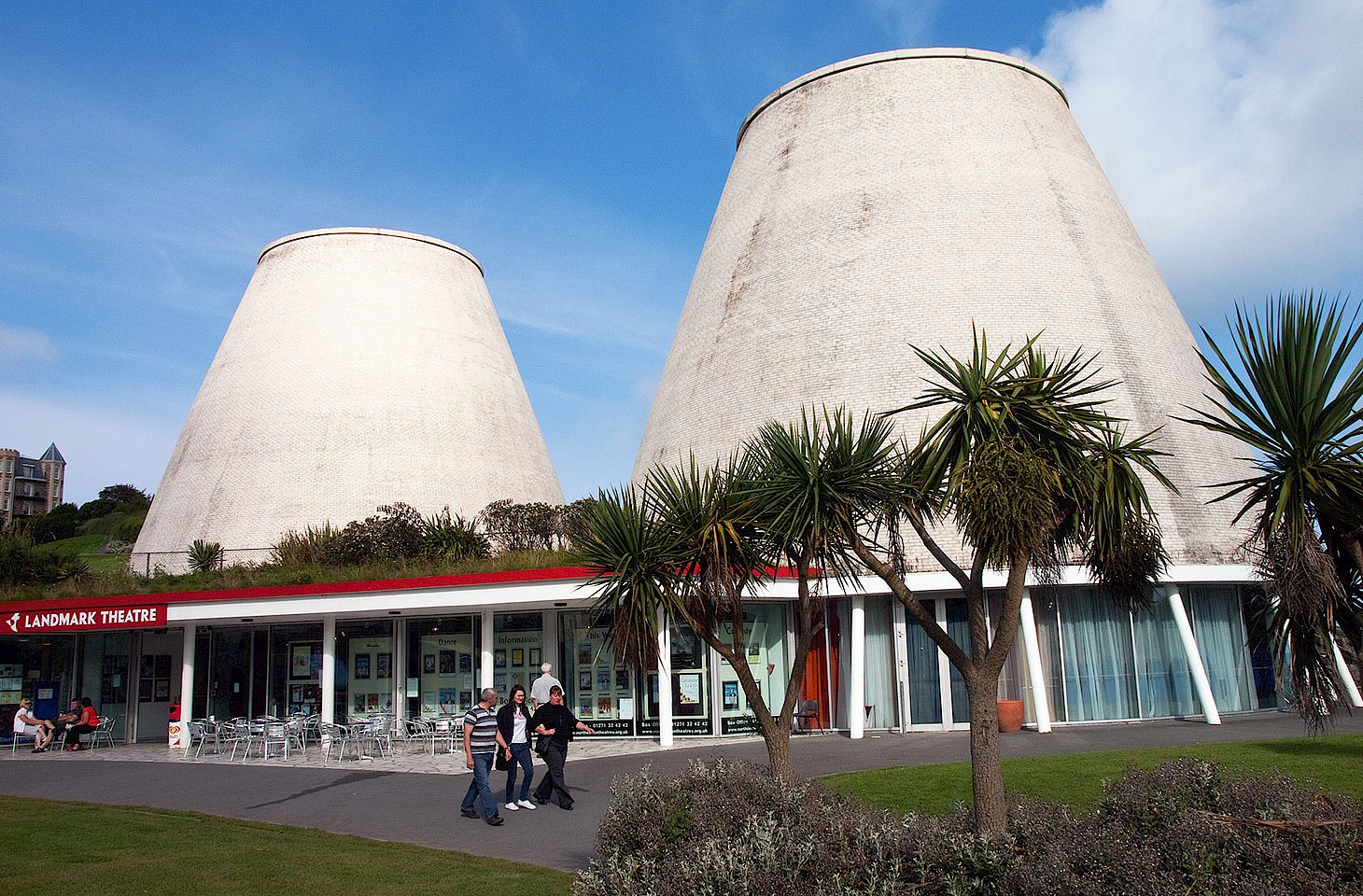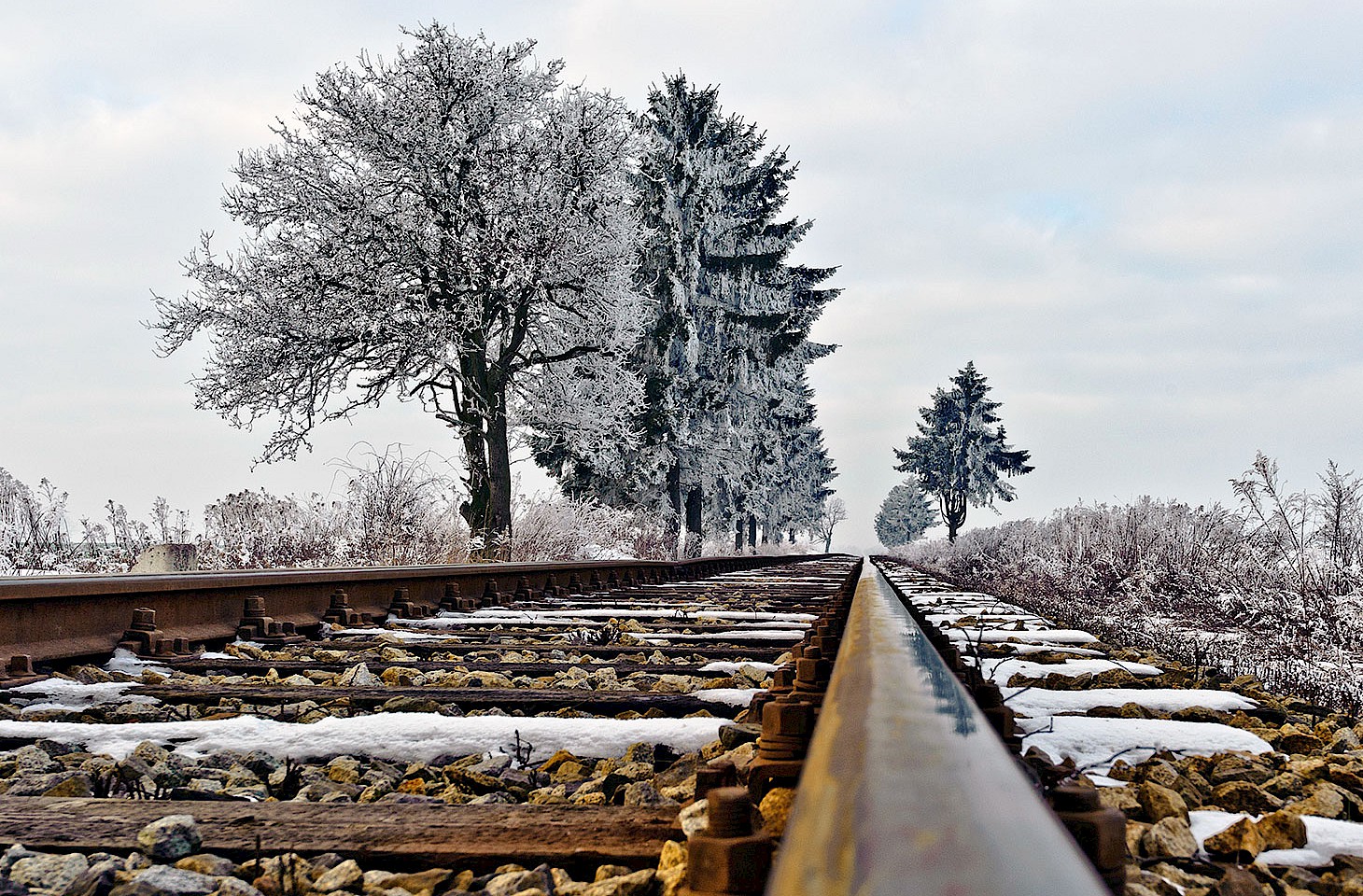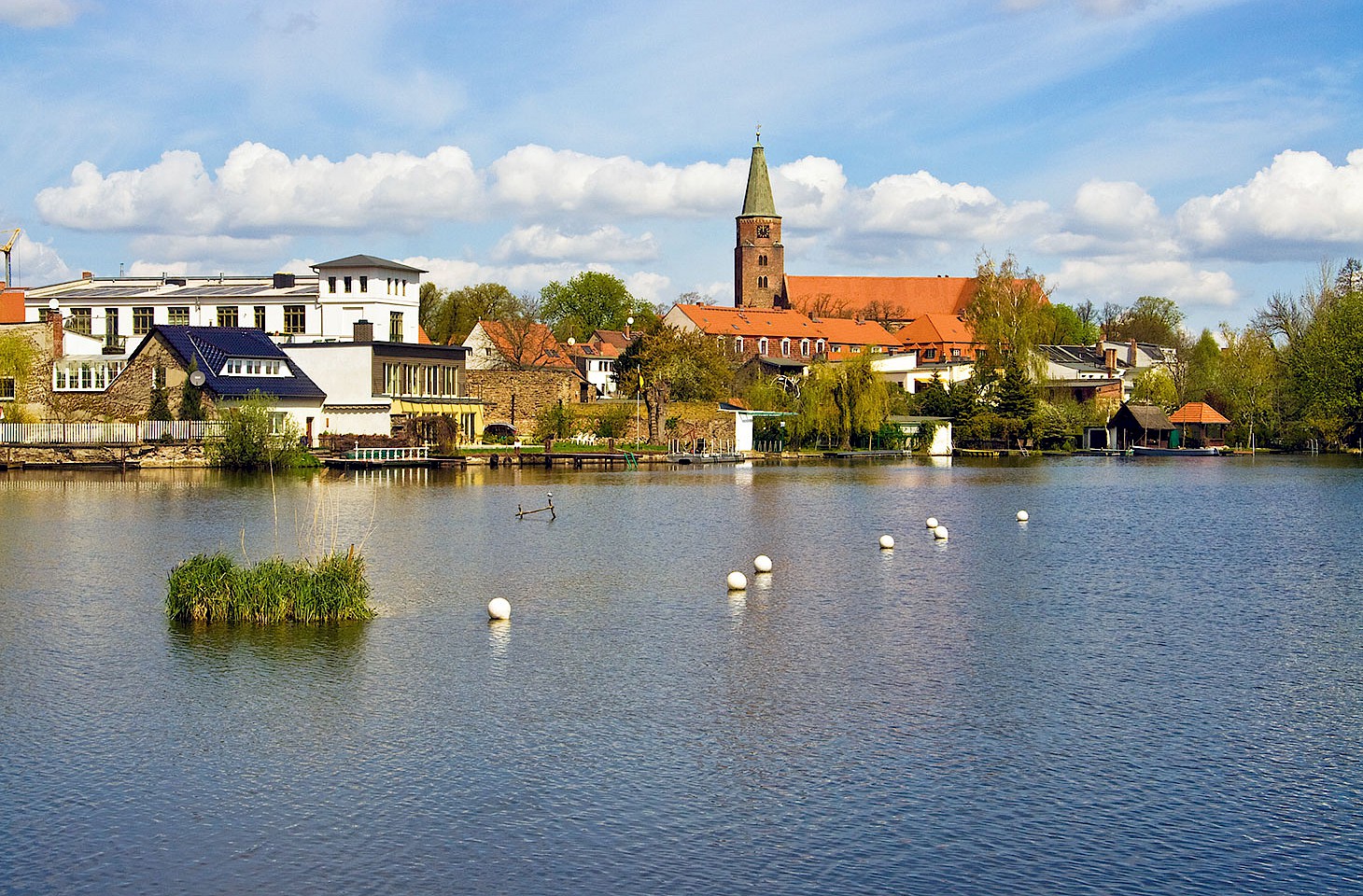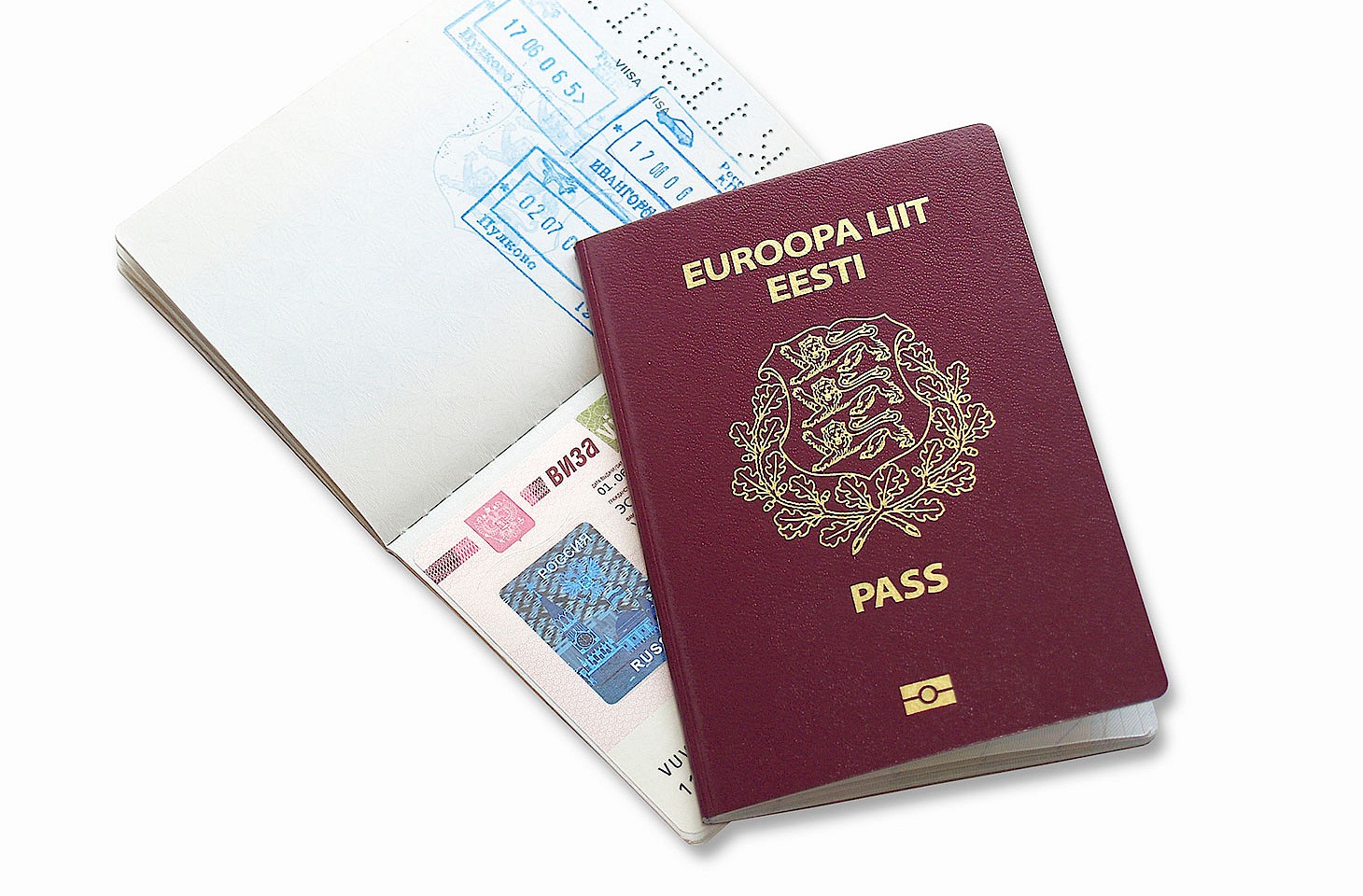Welcome to hidden europe 38, where journeys of the imagination feature aplenty.
hidden europe 38
Welcome to hidden europe 38. We start with a close look at Devon, then move on to France, Slovenia, Armenia and the Russian Arctic.
We explore journeys of the imagination and challenge our readers to catch the feral beauty that lies just a few metres from one of Europe's busiest motorways.
Picture above:
The PS Waverley at Ilfracombe, Devon, England (photo © hidden europe).
Summary
Welcome to hidden europe 38. We start with a close look at Devon, then move on to France, Slovenia, Armenia and the Russian Arctic.
We explore journeys of the imagination and challenge our readers to catch the feral beauty that lies just a few metres from one of Europe's busiest motorways.
If roads have personalities, then the A39 in south-west England is certainly one of the most memorable. It meanders from Georgian Bath to the south coast of Cornwall, taking in some of the most engaging scenery in England. For part of its length (west from Barnstaple) it is called The Atlantic Highway. We hop aboard the 319 bus to explore The Atlantic Highway, encountering along the way some the finest bus shelters around.
The essence of Slovenia is evinced in the country's rustic simplicity and natural grandeur. Jonathan Knott experiences both on a winter walk through villages that boast a close association with the poets and priests who, in the nineteenth century, helped shape Slovenian identity.
The story of Lake Sevan reveals the tensions between economic development and environmental security in modern Armenia. Jamie Maddison travels around the shores of Lake Sevan to discover how the politics of water management play havoc with the lives of those who live and work in the region.
Had Bishop Amand not breathed his last in the Scarpe Valley in Flanders, this little French town would probably never have developed as an important ecclesiastical centre. Little remains of the original abbey in Saint-Amand-les-Eaux, bar for one spectacular tower. Patricia Stoughton tells the story of La Tour de Saint-Amand-les-Eaux.
Antony Gormley's dramatic sculpture, The Angel of the North, has done wonders for south Tyneside. Will Verity do the same for Ilfracombe? But Verity's stay in the north Devon port is limited to just twenty years. And who then might take her place by the side of Ilfracombe harbour? Napoleon Bonaparte, perhaps?
Many books cross our desks. This year, one particular volume has struck us more than any other. Wooden Churches: Travelling in the Russian North is a remarkable volume. Superb photography by Richard Davies complemented by evocative prose by Matilda Moreton make for a winning combination. The book is truly an object to treasure, just as the churches it describes are aspects of Europe's heritage that should be treasured.
In July 1893, a remarkable chance encounter took place at Cape Flora on Northbrook Island in the Franz Josef archipelago. The Norwegian explorer Fridtjof Nansen and his companion Fredrik Johansen, who had failed to reach the North Pole, bumped in the British expeditioner Frederick George Jackson. This serendipitous meeting almost certainly saved the lives of Nansen and Johansen. Two decades later, another equally fortuitous meeting took place at Cape Flora.
The journeys never made are sometimes more deeply inscribed on the imagination than those actually undertaken. hidden europe co-editor Nicky Gardner reflects on the night train from Schwerin, a train that somehow she never quite managed to ride before it disappeared from the timetables.
Would you believe that a major guide book publisher really suggests that the Rhine runs from north to south through Germany? With tight budgets, some publishers are cutting corners and skimping on detail. For the Rough Guide to Germany, that means focusing in on mainstream destinations, removing from new editions those sections of the book which reflect on smaller communities across Germany. Yet it is the latter that capture much that is so appealing in Germany.
The satnavs tick off the passing interchanges, the passengers in the back seats are bored and the blood pressure of the drivers rises. No-one, no-one on the busy highway will ever know that a touch of heaven is just a few feet below the angry tarmac. Join us as we follow the forest path as it passes under a motorway.
Border police at some of Europe’s toughest borders have delegated to them the power to make life-altering decisions about the fate of travellers. We take a look at how visa regimes undermine human mobility.
The parish of Hartland in the north-west corner of Devon is served by no railway lines, and the endless onslaught of winds and waves have destroyed its port. Only the name, Hartland Quay, survives on maps as a reminder of the commerce and trade once handled here.
Given our interests, you might have thought that we'd have pounced on The Smell of the Continent the moment it was published in 2009. The book is a witty and well-researched account of how the English discovered continental Europe in a decades following the Napoleonic Wars.
The second weekend in December sees new rail timetables introduced across Europe. The new schedules see a significant recasting on long distance services in the northern Balkans. Two new international night trains will link Italy with France and Germany respectively.
Threads…. in which we revisit themes reviewed in earlier issues of hidden europe.
A look ahead at hidden europe 39 which will be published on 15 March 2013.




